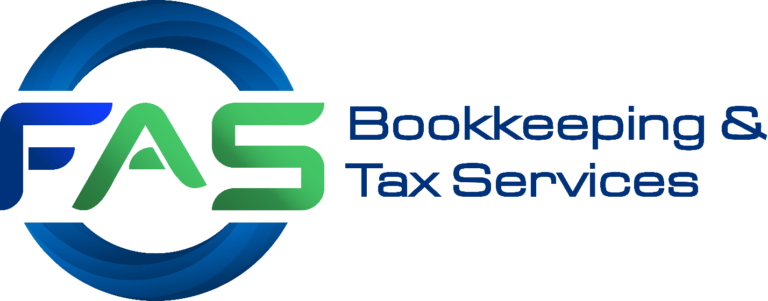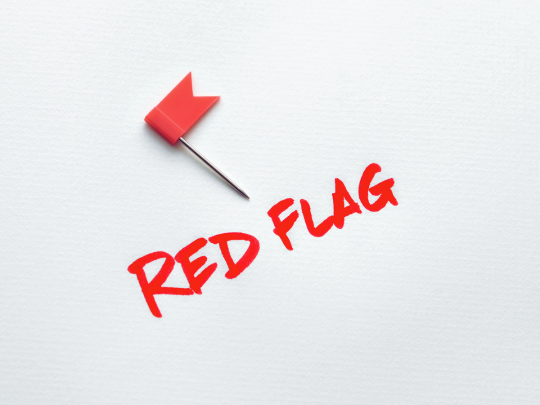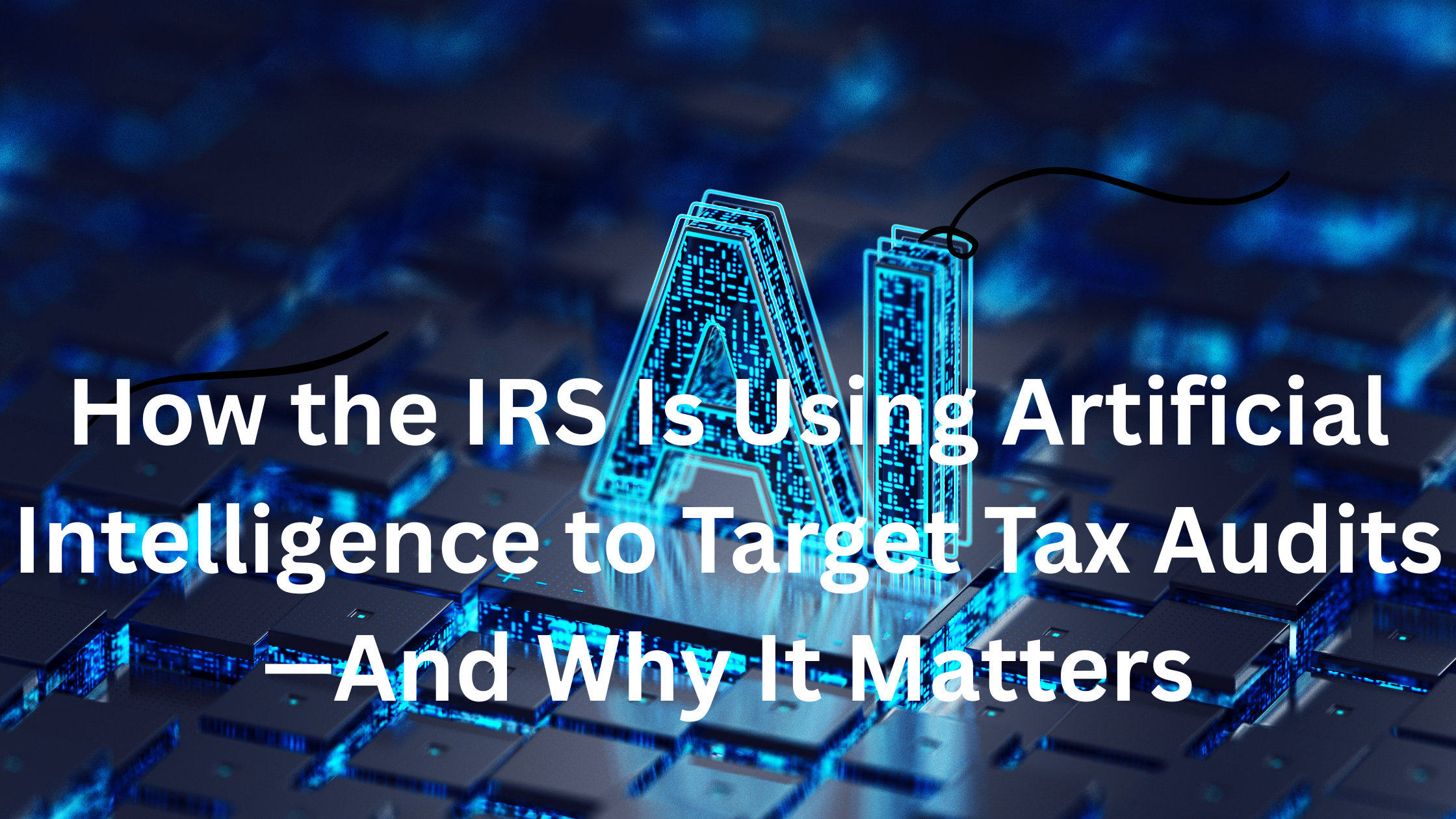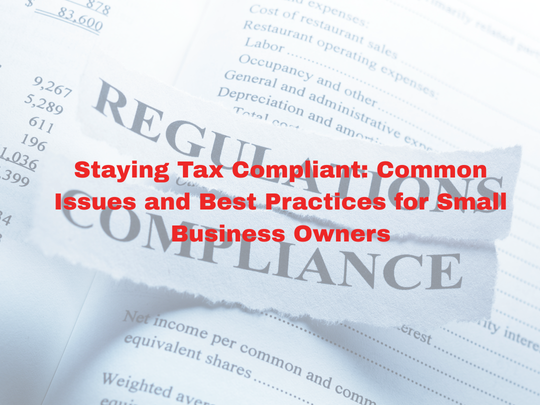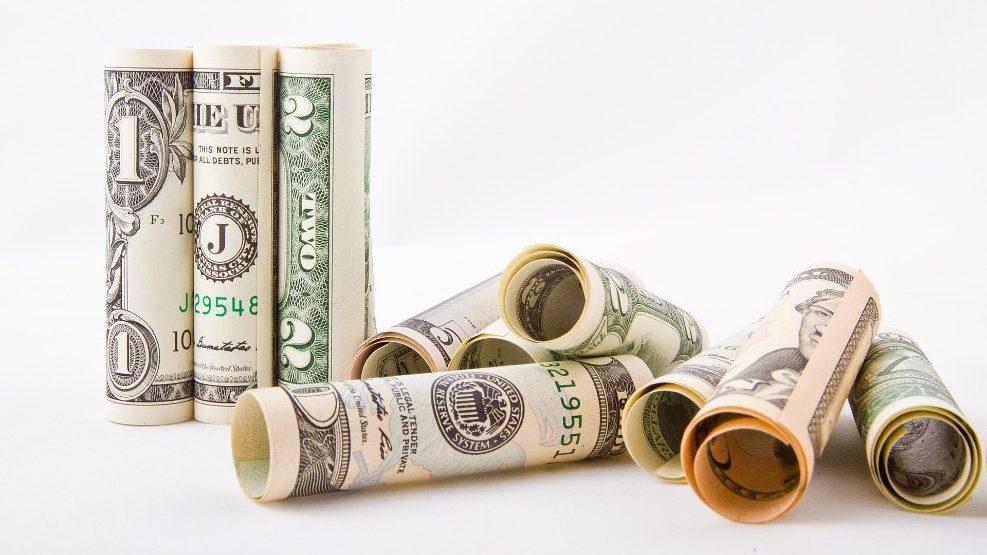Did you know that understanding your business profit model and creating a well-thought profit strategy is already a huge leap towards your goal? Sadly, many small business owners don’t realize the importance of having a profit strategy. Maintaining and growing your profit performance is what will keep your business going.
Why should you care about profit drivers?

Profit drivers are factors that can directly affect your bottom line. You should be able to realize by now that sometimes things won’t turn out the way you predict. There are so many unforeseen events and contingencies. There are months that you barely generate income, the market behavior may be hard to predict, tax policy changes, oil price hikes, calamities and many others. The question here is, are you prepared for these unexpected events? It may be beyond your control but there’s something you can do – and that is understanding the profit drivers so you would know where you should focus when things like this occur.
Four Common Key Profits Driver that You Should Know
Pricing

All profit drivers are important but the price has the greatest impact on the profit. It has no effect on your cost and can directly affect the profitability, that’s the reason it is the most powerful in the profit equation. Changing your price isn’t scary as you think it is. Worrying about losing customers if you increase the price is acceptable. But here’s a better perspective from Biz Coach Org:
“How many customers could I lose and still make the same amount of profit?”
This idea implies that if you increase your price by 10% and lose 25% of your customers, but eventually you could earn more profit. Then increasing the price is a better option. But if you think it’s too risky considering the product and services that you provide or sell, you could lower them or let it stay as it is besides there are still other ways to maximize your profit. The main point here you can do profit analysis and decide on what is best for your business, and you also have to consider that your pricing depends on the capability of your product and services.
Quality over quantity

Quality is a non-financial profit driver. When you are maximizing your profit by aggressively pricing your products and services, it is expected to have an excellent quality. There are customers that are willing to take the higher price in exchange for the quality you are offering. Profitability is not always about having many customers. This may also be part of your high-quality strategy because you can continuously focus on improving the quality of the products or services for your existing customers.
Costs

Even though the price has a greater impact on your profitability, the cost is a lot easier to control. It may not be much but it could improve your profit. As a business owner, you want to have a higher Return on Investment (ROI). It is the ratio of net profit and cost of investment. This measures the profitability in relation to cost of investment. To improve your ROI, you need to reduce the cost. There are two types of costs: variable cost and fixed cost.
Variable Costs are the cost incurred in the business operations that vary depending on the production output. The variable cost is a constant amount per unit produced. As output increase, variable cost will increase but if the output decreases the variable cost also decreases. The examples for this cost are the materials used in production and direct labor cost.
Fixed Costs are the overhead cost that remains the same regardless of the production output. Fixed costs include rent, buildings, machinery, and many others. You will need to pay for your rent whether you incurred a loss and pay for the machines that you bought for your operations whether you did not use it.
Understanding the cost behavior of variable and fixed costs as it relates to revenue helps small business owners identify and prioritize those that they can and cannot do as part of their cost-savings initiatives.
Sales Volume

This profit driver is the most popular among business owners. Most of them believed that increasing sales volume would drive the profitability. However, you can’t increase your profit by just simply increasing sales volume. This is not to say you should ignore your sales volume. You need to understand that sales volume consists of three key elements. These three elements are needed to be done simultaneously to improve the sales turnover.
- Increase the number of customers
- Increase the average quantity of transactions per customer
- Increase the average amount per transaction
Other Key Profit Drivers:

- Sales Funnel also known as sales process refers to the process that a business could lead potential customers to buy the products or services. According to this, with enough time and advertisements, leads could become prospects and eventually become a customer.
- Up-selling and Cross-selling are often mistaken to be the same. Up-selling is about suggesting customers purchase a higher end or more expensive product. For instance, a customer wants to buy a new mid-range phone, you can upsell by promoting a premium phone. While cross-selling is about suggesting an additional product that complements the first purchase. For instance, a customer finally bought a new phone. You could offer a protective case.
- Customer Retention Program is as important as gaining new customers when growing your business. Keeping your customers costs less than acquiring a new one. Remember that they are your long-term source of income besides building a good relationship among them are good for the business.
- Customer Referral will help you gain customers and boost your profit. Take advantage of the fact that the word of mouth significantly influences the customers’ behavior.
- Revenue Growth Percentage measures the percentage increase or decrease in revenue over a given period. It is a good indicator to know how well the business is doing.
- Accounts Receivable Days measures the average number of days that a receivable is outstanding before it is collected considering the terms given.
- Accounts Payable Days measures the average number of days to pay the suppliers considering the terms given.
- Inventory days measures the average number of days it will take a business to sell its inventory.
If you need help in managing your finances and is considering to outsource your bookkeeping tasks, as well as tax preparation for your business, contact us at admin@fas-accountingsolutions.com or 832-437-0385.

